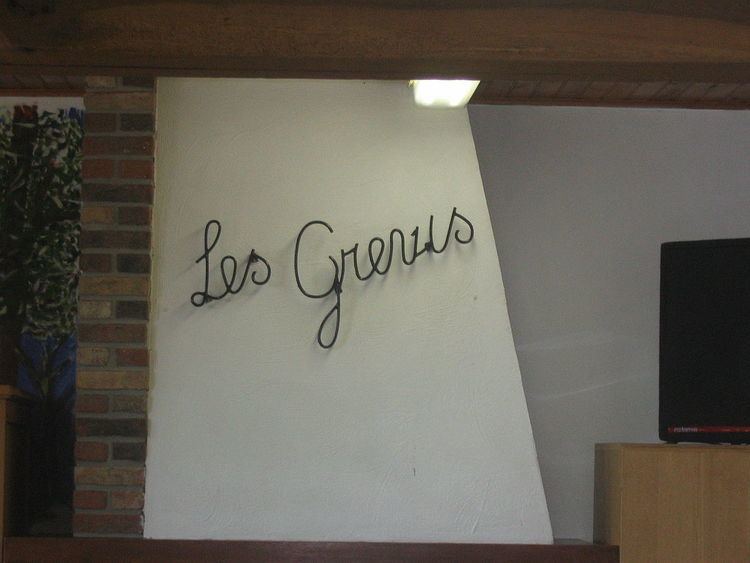 | ||
Blason populaire is an umbrella genre in the field of folkloristics used to designate any item of any genre which makes use of stereotypes, usually, but not always, negative stereotypes, of a particular group."These stereotypes are manifested in a wide array of folkloric genres, including proverbs, other traditional sayings, nicknames, jokes, songs, rhymes, and football chants. All share a common function in that they are invoked to highlight positive aspects of the in-group by explicit auto-stereotyping or, alternatively, to identify the negative characteristics of out-groups. The explicit positive stereotyping of an in-group may often implicitly suggest negative characteristics of a rival out-group." In blasons populaires nations are homogeneous and have national characteristics.
Contents
- Blasons Populaires in Irish Proverbial Material
- Blasons populaires in Wallonia and Luxembourg
- Blasons populaires in Picardie and Nord Pas de Calais
- References
Items such as ethnic jokes or blonde jokes are very common examples of blason populaire.
Blasons Populaires in Irish Proverbial Material
The Irish proverbial material is almost devoid of any national blasons populaires, with the possible exception of the multi-group international comparison. These comparisons are often manifested in epigrammatic form in European languages, with the most salient and representative stereotypical trait being attributed to the nations involved (what Billig (1995) refers to as ‘banal nationalism’). Enumerative structures, usually tri- or quadripartite formulas, are the favoured apparatus. The syntactic and semantic juxtaposition of negative traits for comparative purposes is then counter-balanced by the positive representation of one nation, usually in final position, most commonly the in-group that invokes the comparison. Below is a nineteenth-century German example (Reinsberg-Düringsfeld 1863, 5) in which there is no apparent in-group.
Blasons populaires in Wallonia and Luxembourg
In Wallonia (Belgium) and Luxembourg, the concept of "blason populaire" refers to a demonym-like nickname of the inhabitants of a village or a city.
Blasons populaire come from the traditional languages (Walloon, Luxembourgish). They are never translated in French, as opposed to the demonyms which exist in French and in Walloon, often in two different constructions.
Some, which have lost their pejorative meaning, are now used to name restaurants, theater groups, communal houses, etc. They are also used in pseudonyms of writers in Walloon.
Blasons populaires in Picardie and Nord-Pas-de-Calais
The inhabitants of all villages or cities in these regions have a blason populaire (in Picard language: surpitchet).
For example, for the town of Amiens the blason is chés Maqueus d'gueugues d'Anmien ('the Eaters of Walnuts of Amiens'). In 1597, Spanish soldiers mounted a surprise attack. They were disguised as peasants and put walnuts at the doors of the town. The inhabitants were famished and opened the doors, following which the Spanish soldiers entered the city; with deadly consequences for the inhabitants.
